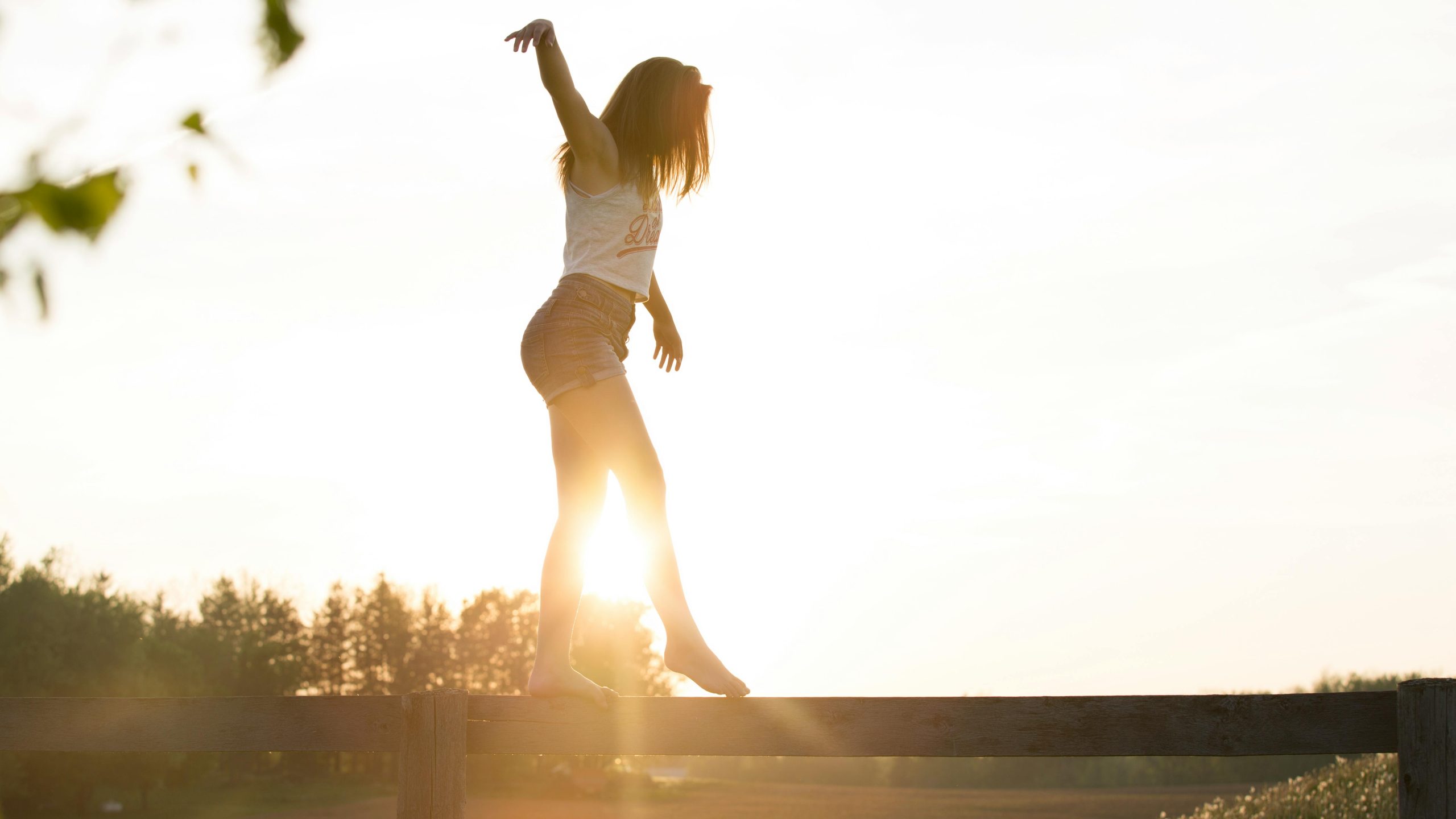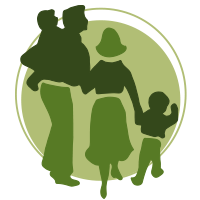At Luck’s Yard, we often talk about the importance of balance—both in life and in the body. Body asymmetry refers to differences in strength, mobility, or alignment between the left and right sides of the body. These are very common and nothing to be worried about, but they can have a big impact on how we move and feel.
These imbalances can show up as uneven posture, joint misalignments, or one side feeling stronger than the other. Some are natural or structural, but many develop over time through injury, repetitive movements, or simply the habits we build into our daily lives.
Structural Asymmetries
These involve the bones, joints, or skeletal structures—for example, scoliosis (a curvature of the spine) or a leg length discrepancy following an injury.
Functional Asymmetries
These relate more to how the body moves and functions. It could be that one side is stronger, more flexible, or moves more easily than the other.
Bringing more balance to the body isn’t just about improving movement. It can also reduce the risk of injury and help you feel more comfortable and confident in your body.
The Impact of Relative Biomechanics on Body Asymmetry
Biomechanics is simply how the body moves—the forces involved and how our muscles, joints, and bones work together. When one side of the body becomes more dominant, or there’s an imbalance in mobility or strength, the body can start to compensate. Over time, this may affect posture, cause uneven wear on joints, and increase the risk of discomfort or injury.
Correcting Asymmetry Through Biomechanics
Liz Witham, our Sports Massage Therapist here at Luck’s Yard, places great emphasis on understanding these biomechanics. Her treatments focus on restoring balance and improving movement efficiency, often starting with simple breathing and activation techniques. These gentle exercises help to create space in the joints, allowing you to move more freely and strengthen areas that need extra support.
Mobility and Stability: Finding the Balance
Body asymmetries often develop when there’s an imbalance between mobility and stability. If one area lacks mobility, another part may try to compensate, potentially leading to further imbalances. On the flip side, if a joint or muscle is too “locked” in place, it may not move through its full range of motion, causing strain elsewhere.
Joint Centration for Better Movement
Good joint alignment—known as joint centration—means the joints are properly positioned as you move. This helps distribute forces evenly through the body, reducing strain on any one area. Poor alignment can lead to unnecessary wear and tear on joints and muscles, making asymmetries worse over time.
Unilateral Strength Training to Address Left-Right Imbalances
Working one side of the body at a time—known as unilateral training—is a helpful way to address imbalances. Many people have a dominant side that overcompensates, leading to further discrepancies. By focusing on the weaker side, we can restore balance and prevent future problems.
Mindful Movement and Body Awareness
Mindful movement is a simple but powerful tool in addressing asymmetry. Small adjustments—like how your feet are placed during a squat or how your shoulders are aligned—can make a big difference. Awareness of how your body moves is often the first step to improvement.
Gentle, Progressive Training for Long-Term Balance
At Luck’s Yard, we believe in gradual, progressive work. There’s no need to jump into intense exercises. Instead, we recommend starting with simple, foundational movements and building up over time. This approach helps your body adapt gently and safely.
Liz offers Sports Massage, Deep Tissue Massage, and biomechanics advice as part of your treatment. If you’d like to explore how she can help restore balance to your movement, you can book online or at reception.
️Appointments available Tuesdays and Wednesdays. Fridays by prior arrangement.
Get in touch to book your session.
Photo by Sebastian V




